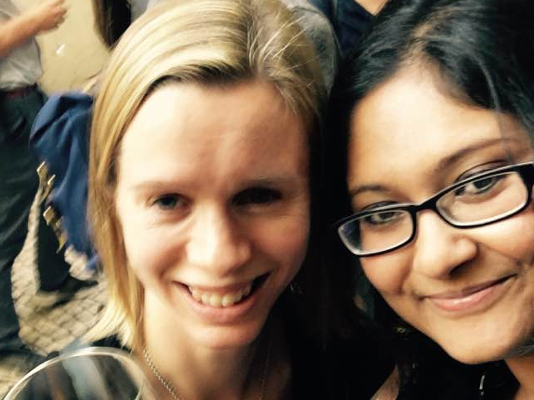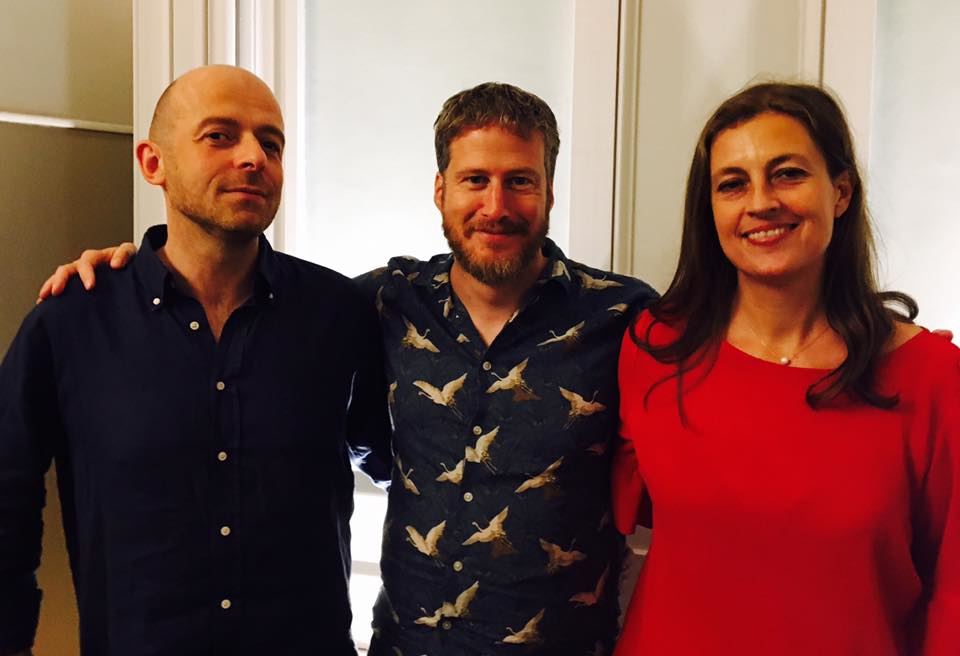Two conferences organised by three of ECREA’s thematic sections asked inspiring and challenging questions about the future of their field. First, the joint workshop The Future of Media Content: Interventions and Industries in the Internet Era organized by the ECREA Communication Law and Policy and Media Industries and Cultural Production Sections was hosted by the University of East Anglia on 15th and 16th September. This was shortly followed by the conference of the ECREA Audience and Reception Studies Section Audiences2030: Imagining a future for audiences that took place at the Universidade Católica Portuguesa, Lisbon, Portugal on 28th and 29th September. They indeed complement each other and signaled that the need to critically view and scrutinise the current media landscape might help us to envisage questions relevant for the future of the media and communication field.
The two-day workshop The Future of Media Content opened with an excellent session on policy engagement in academic research in which four seasoned academics looked at the risks and benefits of engaging with policymakers and politicians, and candidly explained what worked and what did not. Karen Donders, who has worked in government, the media industry and academia, described the interaction as “addictive” but warned of the dangers of “going native” if you spend too much time with business people or politicians.
Eli Noam, from Columbia University in New York, argued in his keynote that we are well into the third generation of television, moving from an increasingly multi-channel and fragmented media landscape into a time of exponential growth in the speed of transmission, and the range of products and channels available. He envisaged that this would lead to a cultural acceleration “of extraordinary proportions” across society, both widening and deepening consumption through a process driven by the chase for advertising revenues. There will be plenty of disruption as algorithmic media content proliferates across all sectors.
The questions and visions presented at plenaries resonated throughout the event in presented papers as well as panel discussions. There were mixed views in many discussions about the extent to which algorithmic control was revolutionary or evolutionary. The event allowed for welcome intermingling between media and policy specialists and academics at various stages in their careers.
A great counterpart could be found in the conference Audiences2030: Imagining a future for audiences that scrutinised people’s engagement with diverse (cross) media flows and contents. Over 60 papers were presented over the two days in three parallel sessions. Their scope showed the relevance of the research on audiences for the media and communication field.
The highlight of the conference was an end-of-project plenary of the CEDAR Network, directed by Ranjana Das and Brita Ytre-Arne, presenting the outcomes of its unique foresight exercise about the future of audience research in 2030 and launching of its final report. The breadth of the report highlights the questions that are relevant and important not only in considering and thinking about audiences now, but also providing the first foresight analysis of its kind on the topic of audiences, their voices and practices in the contemporary media environment characterised by increasing datafication. It builds on the academic knowledge enriched by the consultations with 50 stakeholder organisations across Europe. It also offers some answers to questions raised by the previously discussed event on The Future of Media Content.
Photo 1: Ranjana Das and Brita Ytre-Arne, the director and co-director of the CEDAR Network
The important agendas for the field were also proposed by the four prominent and inspiring keynote speakers. Martin Barker touched upon the issue of why audience research is still marginalized within the field of media and communication, and Thomas Tufte reminded us the need to look beyond the western audiences and the western practices of media consumption and reception. Klaus Bruhn Jensen discussed the increasingly more relevant questions of “meta-communication” as media users leave meaningful traces, residues of their media uses that can further reconfigure the system, informing various algorithms that subsequently preconfigure their future media uses. In her talk, Sonia Livingstone stressed the need not to omit audiences from questions of mediatisation, pointing out that its focus places audiences into a fundamentally reactive role, neglecting once again the questions of what people do with the media.

Photo 2: The new section management team (from left) Alessandro Nani, David Mathieu, Vivi Theodoropoulou
The conference greatly succeeded in being timely and relevant, which was demonstrated by engaged discussions at the end of panels as well as in the corridors. The conference also hosted the Section’s business meeting where Ranjana Das stepped down from her role of the Section’s chair. The Section’s new management team is now chaired by David Mathieu, with vice-chairs Alessandro Nani and Vivi Theodoropoulou (newly elected).
Report prepared by Tereza Pavlíčková, Charles University in Prague, Czech Republic; Audience and Reception Studies section
with contribution from Ruth Garland, University of Hertfordshire, United Kingdom; Communication Law and Policy section